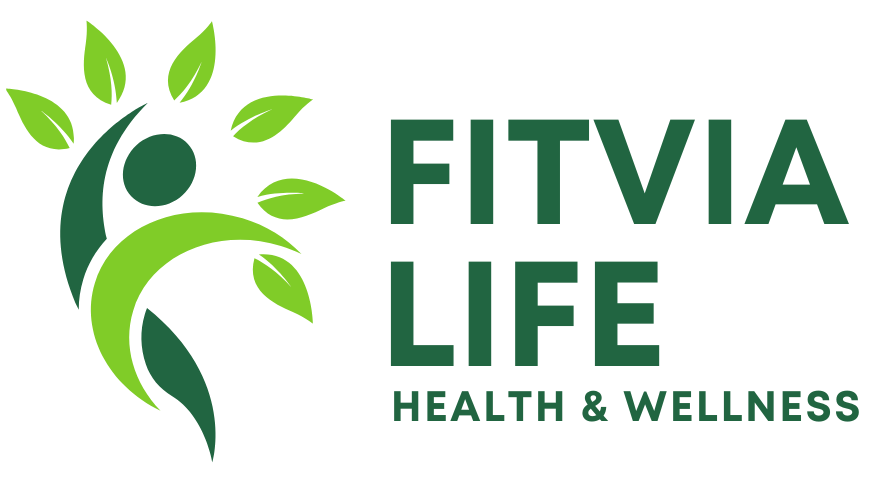The Power of Routines: Unlocking Success Through Daily Structure
In a world increasingly characterized by unpredictability and distractions, routines have emerged as a powerful counterbalance—a personal framework that fosters clarity, productivity, and mental well-being. From elite athletes and successful entrepreneurs to artists and scientists, many high achievers credit their accomplishments not to fleeting bursts of inspiration, but to the power of consistent, intentional daily habits.
What Is a Routine, Really?
At its core, a routine is a sequence of actions regularly followed. But far from being rigid or robotic, a well-designed routine is a conscious structure that allows you to prioritize what matters, reduce decision fatigue, and create momentum.
Morning and evening routines are the most common and impactful. How you begin and end your day can set the tone for everything in between. For example, starting the day with a short workout, a moment of reflection, or journaling can enhance focus and mood. Likewise, winding down with a book or a digital detox can prepare your body and mind for restful sleep.
Why Routines Matter
Routines are more than just time-management tools—they influence our psychology, behavior, and even our identity.
Mental Clarity and Focus: Having a clear sequence of actions minimizes chaos. When your brain isn’t bogged down by constant decision-making, it can devote energy to higher-level thinking.
Better Health: Consistent routines support healthy habits like eating nutritious meals, exercising, and sleeping well. Over time, these behaviors accumulate into long-term wellness.
Emotional Stability: Predictable patterns provide comfort and reduce anxiety. Especially during times of uncertainty, routines offer a sense of control.
Productivity and Efficiency: When tasks become habitual, they require less conscious effort. This efficiency allows you to focus on deep work, solve complex problems, and pursue your goals more effectively.
Building a Routine That Works
Creating an effective routine doesn’t mean packing your schedule with tasks or mimicking someone else’s system. The best routines are personal, realistic, and flexible enough to adapt to life’s fluctuations. Here’s how to start:
Identify Priorities: What areas of your life need more attention? Is it physical health, creativity, relationships, or career?
Start Small: Rather than overhauling your day, introduce one or two changes. Maybe it’s waking up 30 minutes earlier to read or meditate.
Stack Habits: Link a new habit to an existing one. For instance, after brushing your teeth, stretch for five minutes or review your to-do list.
Track Progress: Use a journal or app to keep track of your habits. This reinforces consistency and highlights progress over time.
Be Kind to Yourself: Routines are tools, not chains. Missing a day or making adjustments isn’t failure—it’s flexibility in action.
Routines in the Real World
Notable figures throughout history have embraced routines. Benjamin Franklin had a famously structured day that included blocks for work, reflection, and rest. Modern leaders like Oprah Winfrey and Tim Cook follow daily rituals that keep them grounded and focused. What these individuals have in common is not the specific actions they take, but the intentionality behind them.
Even creative professionals, often thought of as spontaneous or chaotic, rely on routines. Novelist Haruki Murakami, for example, follows a strict schedule while writing a book: waking at 4 a.m., working for five to six hours, then spending the afternoon running or swimming. According to him, the repetition itself becomes a form of mesmerism that allows deep creative flow.
Conclusion
Routines are not about perfection or productivity for its own sake. They are about creating the space for what truly matters—whether that’s achieving a goal, improving well-being, or simply finding peace in the everyday. In a chaotic world, routines offer a rare and powerful form of self-mastery. When designed with purpose, they don’t limit freedom—they unlock it.


